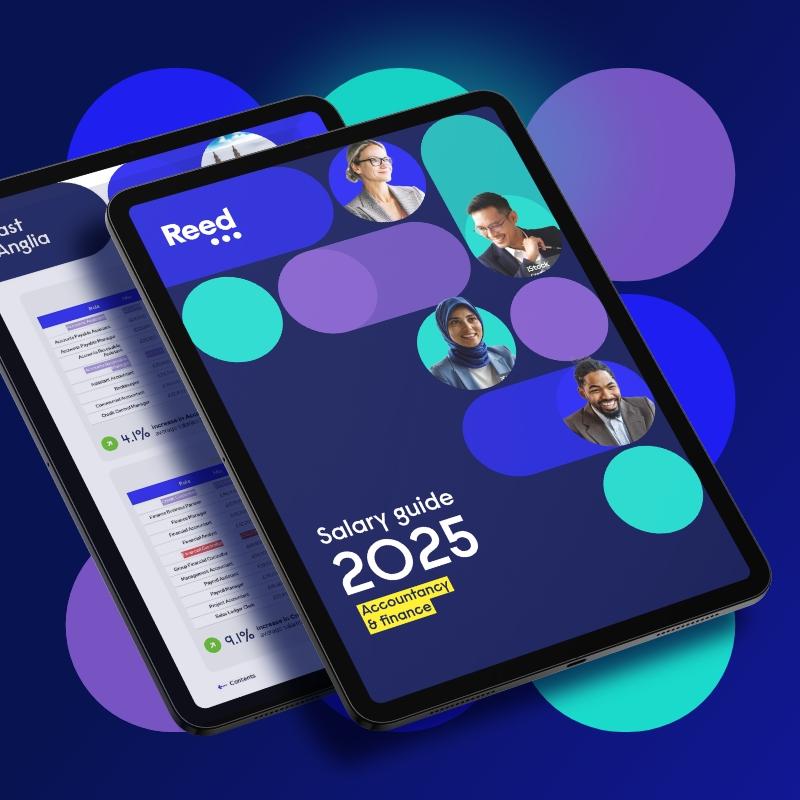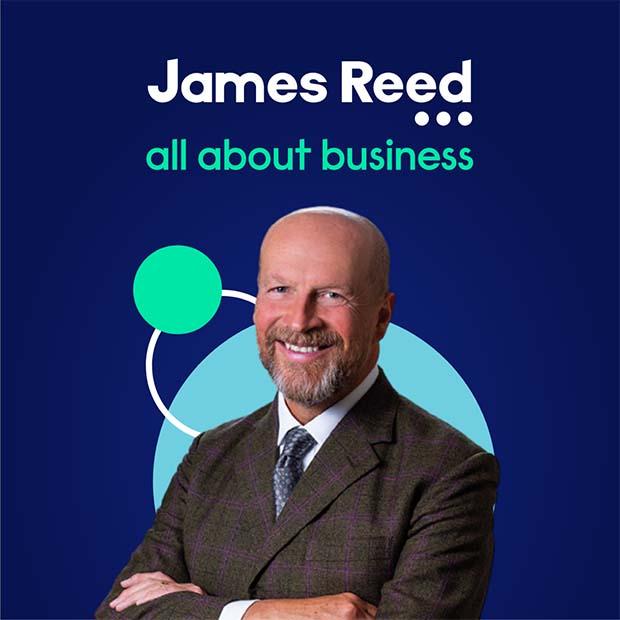With salaries fluctuating, increased demand for flexibility and professionals difficult to come by, organisations are finding themselves battling for talent.
To discuss this acutely candidate-driven jobs market, Reed held a webinar with four of its recruitment experts: ‘The great flirtation: how to attract the best professionals in 2022’, on Thursday 10 February 2022. The event featured Reed Chairman and CEO James Reed, as well as Claire Harvey, Managing Director, UK Network, Chris Adcock, former Managing Director, Reed Technology, and Lucie Daluiso, Divisional Managing Director, Further Education.
The quartet used their industry experience and expertise to analyse the current jobs market, while also providing advice to businesses looking to hire in this environment. Here are five of their most prominent recommendations.
1. Benchmark salaries to stay competitive
With salaries fluctuating, knowing what the market rate is for jobs in your sector and region is critical for attracting talent.
While professionals’ priorities have changed over the course of the pandemic, salary is still a critical factor. James noted that a Reed.co.uk workforce study from last autumn found that 39% of professionals rated salary as their number one priority when looking to move role, while over half suggested that their current employer raising their salary would make them less inclined to move.
When it comes to using salaries to attract candidates, he added: “I would say to those companies looking to encourage people to move that they will have to pay a premium of 10% on salaries. What I mean by that is that if you find a good candidate who’s already in a job, you’ll get their attention by paying 10% above what they’re currently earning, or 10% above the market rate.”
2. Tailor benefits packages
Benefits are an increasingly important part of any compensation package, helping organisations to stand out if their offering exceeds that of their competitors. Chris argued that the way to create eye-catching benefits packages is to be flexible and have individual preferences in mind when formulating them:
“While people list salary as their number one motivator, benefits and rewards are very close behind. Benefits packages are really exciting for candidates because they will be looking at things specific to them.
“It’s important to have a diverse and flexible benefits package, and to understand what drives individual candidates, so you can put the perfect package to them – there’s no point selling something to somebody which is going to fall on deaf ears.”
3. Provide some form of flexibility
Flexibility has shifted dramatically due to the pandemic. Where remote working and other forms of flexibility were once seen as rare perks, they’re now playing a huge part in jobseekers’ considerations when looking for new roles.
“We have some fabulous clients – some top companies - who are insisting on everyone going into the office, yet quite a lot of applicants are saying they don’t want to work for them, as they want to work flexibly,” James noted.
For those roles which cannot be done remotely, Claire suggested that there are ways companies can incorporate flexibility to satisfy prospective employees, such as operating core hours-style models:
“Something we were trialling at Reed, even before the pandemic, was our dynamic working model. It isn’t full hybrid working, but allows people to do the school run or go to the gym in the morning – adding some flexibility within the working day.”
4. Engage candidates through the whole process – even after they’ve accepted an offer
One feature of the current talent market has been a huge increase in organisations issuing counteroffers to retain staff. These can range from significant salary increases through to a change of job title or increased responsibility.
Claire outlined how to mitigate for this challenge and nurture people through their resignation, especially for professionals who are on longer notice periods: “You must treat that candidate like they have already joined your organisation and really involve them.
“You really have to make sure that the candidate is engaged with you from the moment they enter the recruitment process through to the job offer. It’s never been more important to sell your business, so the whole experience must be good – from replying to their application promptly through to keeping in touch before and after interviews and giving them accurate feedback.”
Lucie highlighted strategies used to keep candidates engaged while they wait for approval – as sometimes when applying for a job in the prison education sector it can take up to 12 weeks to go through all the security clearance:
“We’ve implemented plans where candidates will have calls with the prison they’re going to work in at least once every two weeks, maybe even once a week. For ourselves, we’re trying to encourage a lunch or for people to come into the office – something a little more warm and friendly so that people know where they’re going to be working.”
5. Offer a great place to work
For those organisations where workers are fully onsite or working hybridly, offering a wonderful place to work is an excellent way to attract professionals – particularly where people are unable to work remotely.
“You need to think about how to make it more attractive to be in the office and how to make it a great place to work,” stated James. “I think being with groups of people, especially for younger candidates, is attractive – if you can create the environment and culture that makes it exciting.”
Chris added that creating a fantastic culture and sense of togetherness, particularly in SMEs, is a way organisations can stand apart from their competitors – even if they are unable to match the compensation packages being offered by other companies.
To benchmark salaries and benefits in your sector and region, download our 2025 salary guides now.




